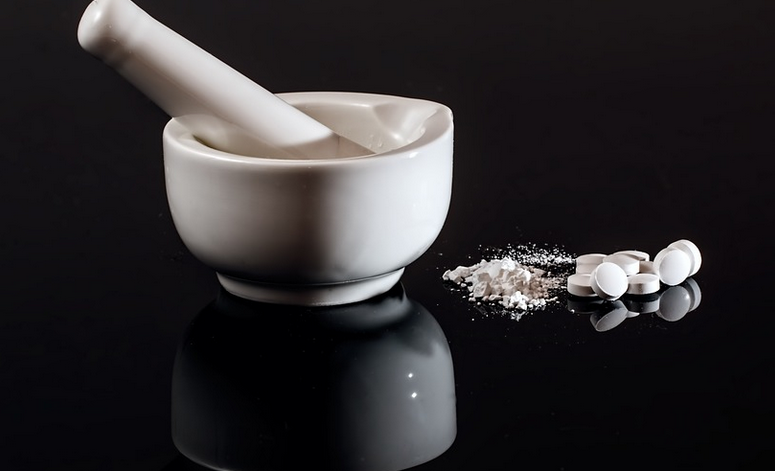Introduction
Paint is a mixture of various chemical compounds that are used to add color to surfaces. These compounds, known as pigments, are added to a base material that acts as a binder to hold the pigment in place. In this article, we will explore the various chemical elements that are commonly used in paint production and how they contribute to the final product.
Pigments
Titanium Dioxide
Titanium dioxide is a naturally occurring chemical element that is used as a white pigment in paint production. It has excellent opacity and is resistant to discoloration, making it a popular choice for interior and exterior paints.
Iron Oxide
Iron oxide is a chemical compound that is used as a pigment to add red, yellow, and brown hues to paint. It is commonly used in decorative paints, such as those used in home interiors, due to its ability to create warm and earthy tones.
Ultramarine
Ultramarine is a blue pigment that is derived from the mineral lapis lazuli. It is one of the oldest pigments used in paint production and is known for its vibrant and intense color. Ultramarine is commonly used in artist paints and high-end decorative paints.
Cadmium
Cadmium is a chemical element that is used as a pigment to create bright and vibrant red, orange, and yellow hues in paints. It is commonly used in artist paints and industrial coatings, such as those used on cars and machinery.
Binder
The binder is a crucial component of paint that holds the pigment in place and provides adhesion to the surface it is applied to. The most commonly used binder in paint production is acrylic, which is a synthetic resin made from a combination of chemicals.
Acrylic
Acrylic is a versatile binder that is used in a variety of paint applications, including interior and exterior paints, artist paints, and industrial coatings. It is known for its ability to dry quickly, provide excellent adhesion, and resist cracking and peeling.
Thinner
The thinner is added to paint to reduce its viscosity and make it easier to apply. The most commonly used thinner in paint production is water, but other chemicals can also be used, such as mineral spirits and turpentine.
Water
Water is the most commonly used thinner in paint production due to its availability and low cost. It is used in a variety of paint applications, including interior and exterior paints, and is known for its ability to dry quickly and provide a smooth finish.
Conclusion
Paint is a complex mixture of various chemical compounds that work together to create the final product. The chemical elements used in paint production, such as pigments, binders, and thinners, each play a crucial role in determining the final color, texture, and durability of the paint. By understanding the chemical elements used in paint, you can make informed decisions when choosing the right paint for your needs.

